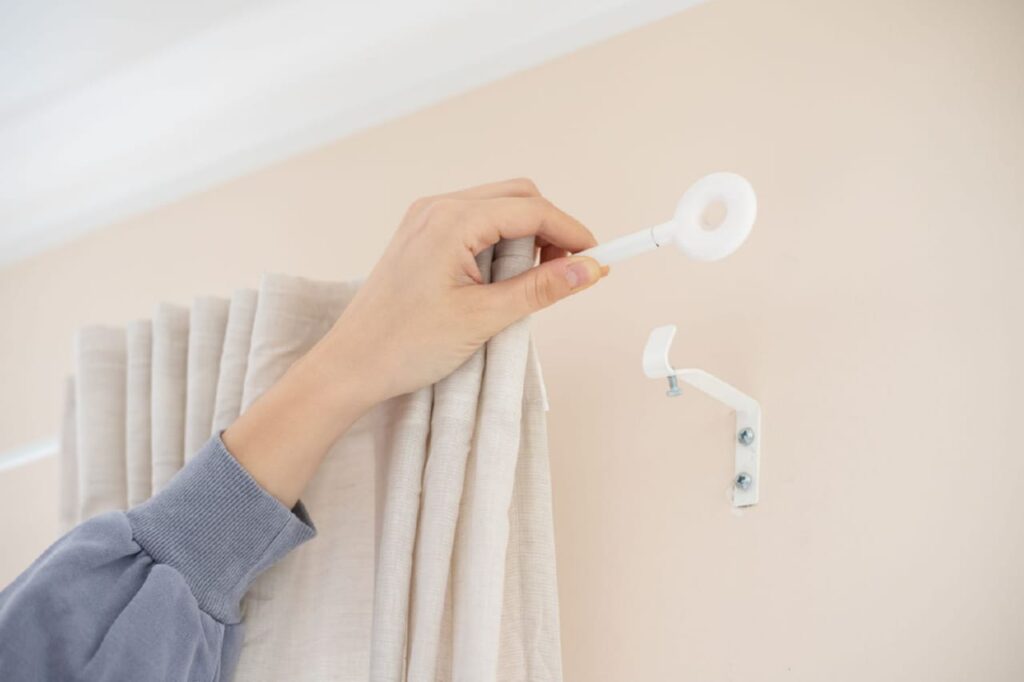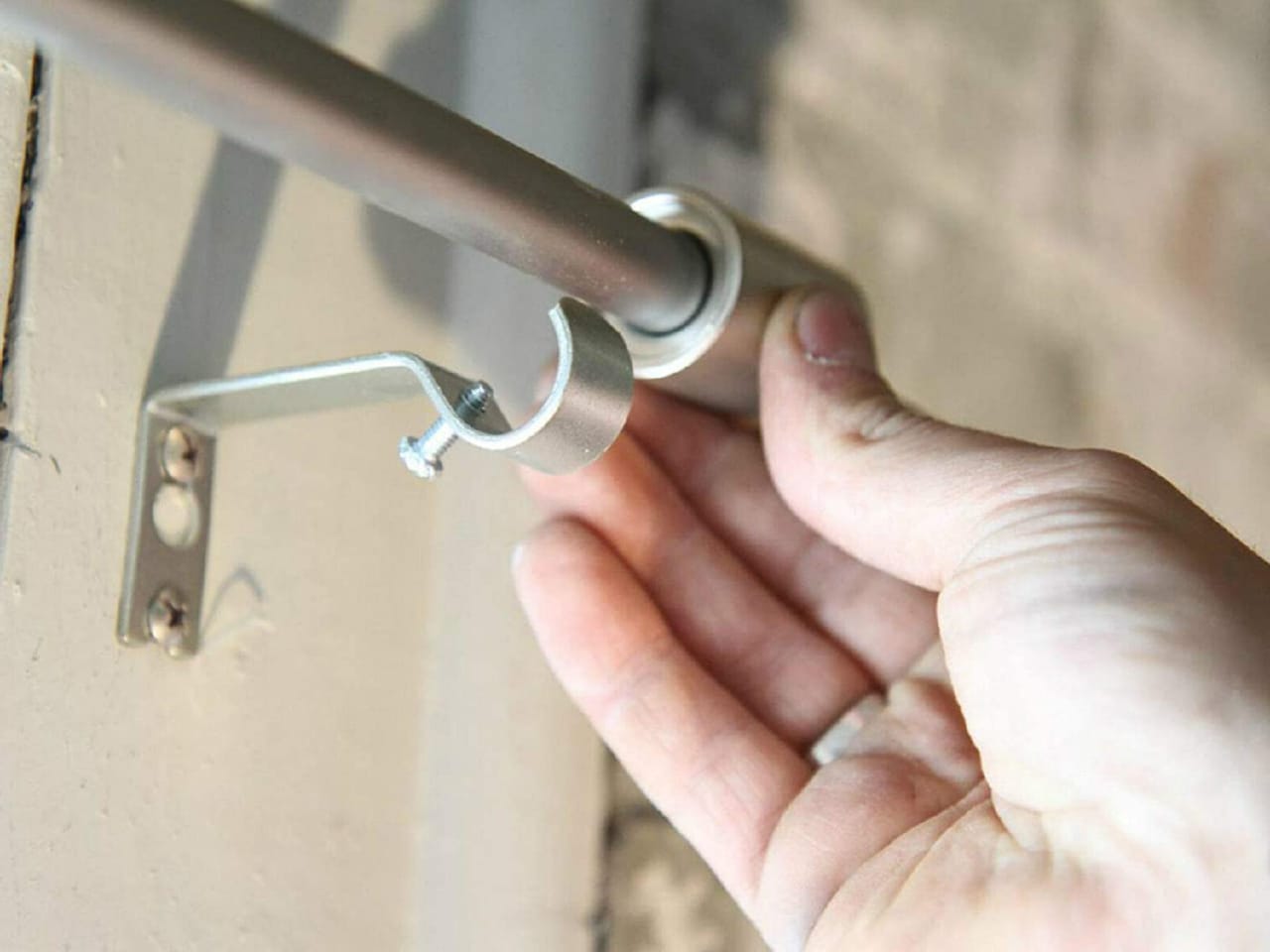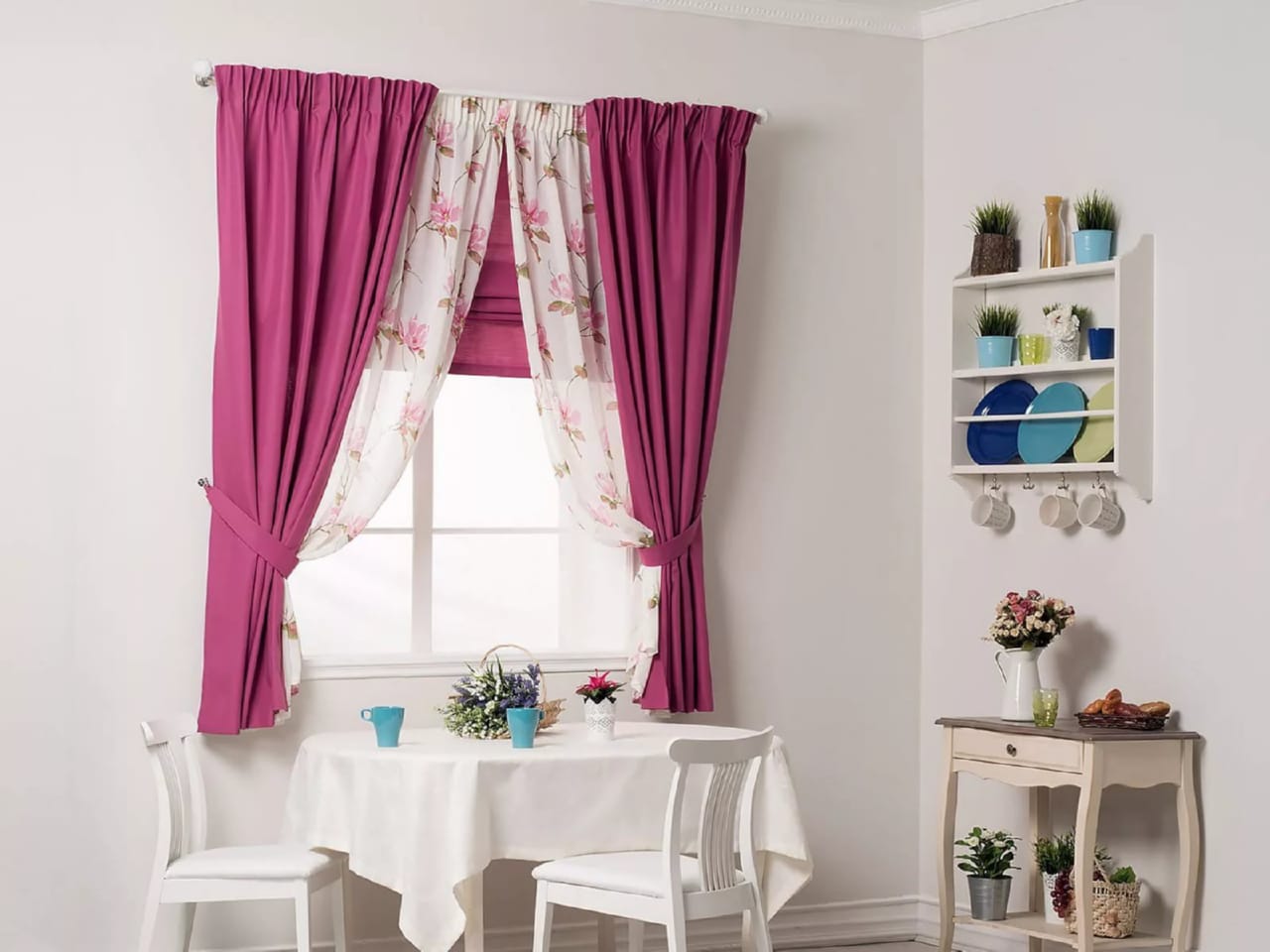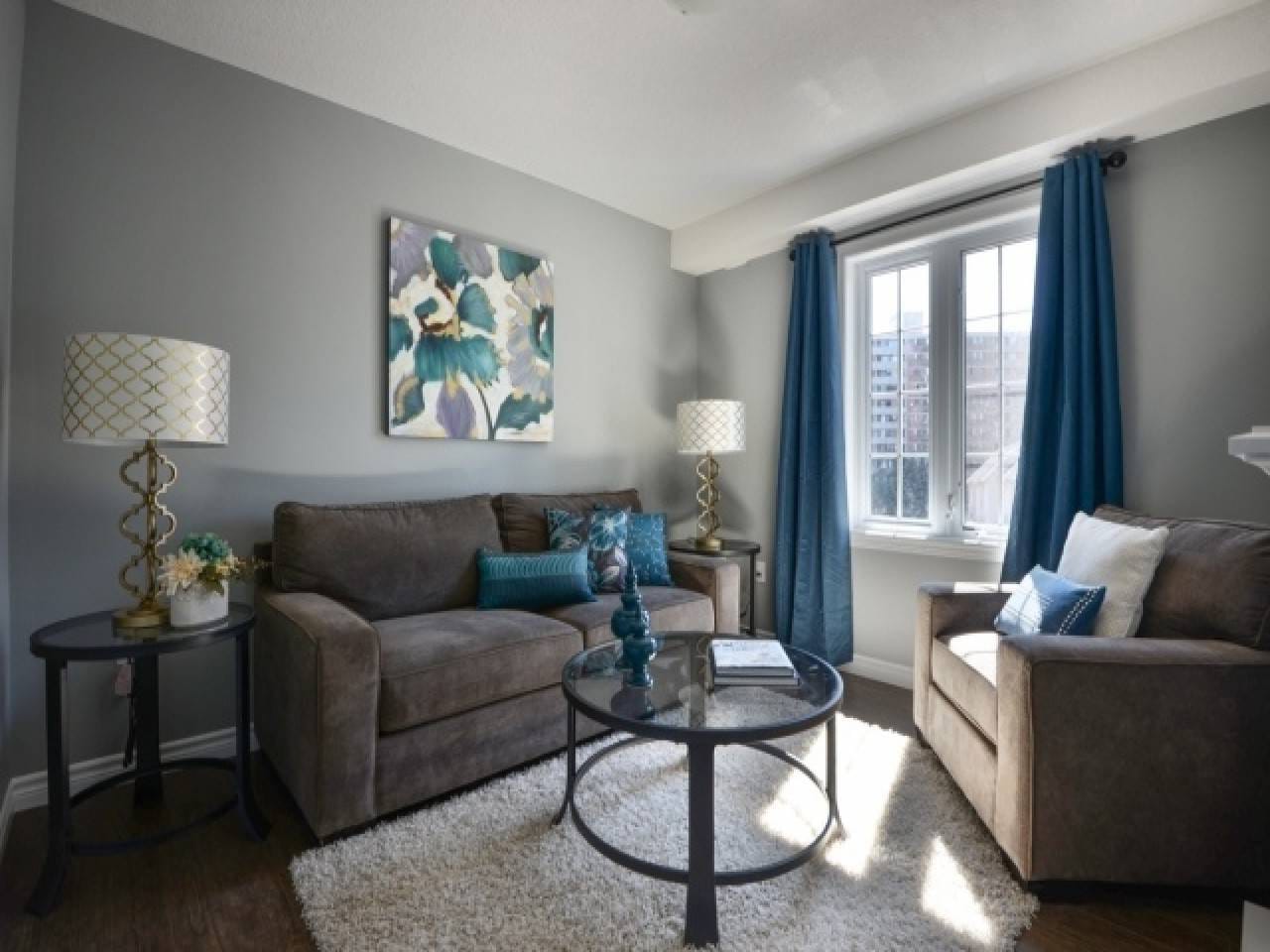When the renovation is almost over, there is very little left to do – to give the room a finished look. Curtains will help to decorate it beautifully and aesthetically. But to do this, it is necessary to attach a curtain rods on plaster walls or celling.
Today many people as a finishing material used in their apartments plasterboard. This is a very practical material, but it has one very important feature – it is quite fragile. It is because of this that you can hang bulky and heavy objects on a plasterboard wall only if you follow certain recommendations.
Curtain rods options
An integral part of any interior of the room is the cornice. The appearance of the window as well as the integrity of the visual perception of the room as a whole depends on its appearance.
When choosing a type of curtain track you should adhere to a single style and idea for the interior. This is what the selection of this decorative element is based on.
To date, there are the following options for cornices:
- wooden. The most commonly used for decorating the interior of the room. There are a huge number of variants of their manufacture. They perfectly harmonize with the furniture, creating with it a complete ensemble. Best of all, they emphasize the window opening and create comfort in the house;
- metal. Such products can be made of stainless steel or aluminum. Metal cornice will bring austerity and brevity to the interior. The most suitable for the design of offices;
- plastic. The most practical and inexpensive elements of the window opening. Due to a wide range of colors, they will fit perfectly into any interior, including “wood-like” design.
In addition, the ledge can be:
- single-row. It is used very often and is perfectly suitable for solid curtains;
- double-row. Is used if you want to create a “duet” of curtain and tulle;
- three-row. Can be used with original and non-standard window dressing. Most often found in tandem with a lambrequin.
Also by the configuration of the elements ledge can be:
- round. This configuration is considered the most common.
- flexible profile ledges. Due to the possibility of bending the product, you can uniquely design such a classic element of the room, such as a window. Today, very popular are angular flexible structures, which are used in a duet with Roman or Japanese curtains;
- baguettes. The main difference from the other configurations is the presence of a decorative strip, with which the fixing of the curtains is hidden. It is used very often in a situation where the attachment is made to the ceiling.
- strings. Considered a universal and classic way to decorate the window. This configuration will successfully fit into absolutely any interior.
- tire cornices. They are used to attach long curtains. Most often made of aluminum or PVC. In their design contain a groove on which the rollers with hooks move. Also have special plugs to prevent the possibility of rollers falling out of the movable mounting system.

Fastening options
The chosen ledge can be hung in several ways. There are two options for attaching them:
- to the wall. This method involves fixing this element of the interior to the wall with standard fasteners. Happens most often;
- to the ceiling. This method allows you not only to attach an element to the ceiling, but also to visually correct some shortcomings of the room: the curvature of the walls, ceiling, small defects and shortcomings of the repair, etc. In this case the room itself can be visually enlarged, “raise the ceiling”, etc.
Both options give a great view, both the window opening and the whole room when installing the product to the drywall. Therefore, you should choose the method of attachment, based on the characteristics of the room, as well as personal preference.
Tools needed in the work
Mounting the cornice to the wall or ceiling of plasterboard requires the following list of tools:
- a ladder or stool;
- hole punch with a drill;
- safety glasses;
- hacksaw for metal;
- hammer, pliers, screwdrivers;
- a pencil, a tape measure, and a spirit level;
You may also need the following fastener options:
- dowel bow;
- anchor;
- dowels for drywall.
Such a set of tools will help to quickly attach the product to the wall or ceiling.
Preparing for work
Before you begin to attach the ledge to the wall or ceiling, which are covered with plasterboard sheets, it is necessary to carry out the following preparatory work:
- during the creation of the metal frame for the walls, you can install a wooden bar over the window opening in advance. This will greatly facilitate the work in the future;
- when the plasterboard is installed, and all finishing work is finished, you should choose the position of the product over the window opening;
- draw a marking on the plasterboard in the place of future fastening with a pencil and a building level. To do this, first at an equal distance from the window, at the beginning and at the end of the opening, put points and connect them with a level;
- if fastening is carried out on the wall, then you need to step back from the edge of the window 30 cm. This will help to visually lengthen the opening. Although allowed and distance of 10-15 cm.
Installation work
Installation of the cornice on the drywall depends on the preliminary work. If at the time of the creation of the metal frame structure over the windows, a wooden or metal bar has been installed in advance, the installation will take place as follows:
- in the place of attachment of the bar with a perforator drill a hole;
- we put a dowel in it and screw in a screw or self-drilling screw;
- then install the necessary fasteners and mount the eaves.
If the beam or metal profile has not been installed, then you should do the following steps:
- drill a hole with a perforator in the place of the drawn markings;
- the wall itself should be drilled for about 5 cm;
- in the hole insert the special fasteners: dowel-butterfly or anchor;
- brackets should be installed on the fasteners. Remember to fix them as still as possible. During installation, be sure to check with the level to attach the product to the drywall perfectly flat.
Pay attention! If you intend to use heavy curtains to decorate the window, you should use anchor bolts. This method is equally suitable for both walls and the ceiling.
When using certain models of curtain rods, the attachment points to the drywall remain visible. In such a situation, in order to give a more finished look to the window opening and hide installation flaws, you can use lambrequin.
If the lambrequin has a sufficiently large weight, then additional hangers should be attached to the installed eaves brackets. The lambrequin itself should be caulked at the ends after installation. To do this, it must be carefully bent to the wall. Then you can attach tulle and curtains to the product.
To get even folds on the curtains, it is necessary to install the rings at a 10-centimeter distance from each other.
If you follow all the recommendations during the installation of curtain rods on plasterboard walls, you will achieve a perfect completion of your renovation.


